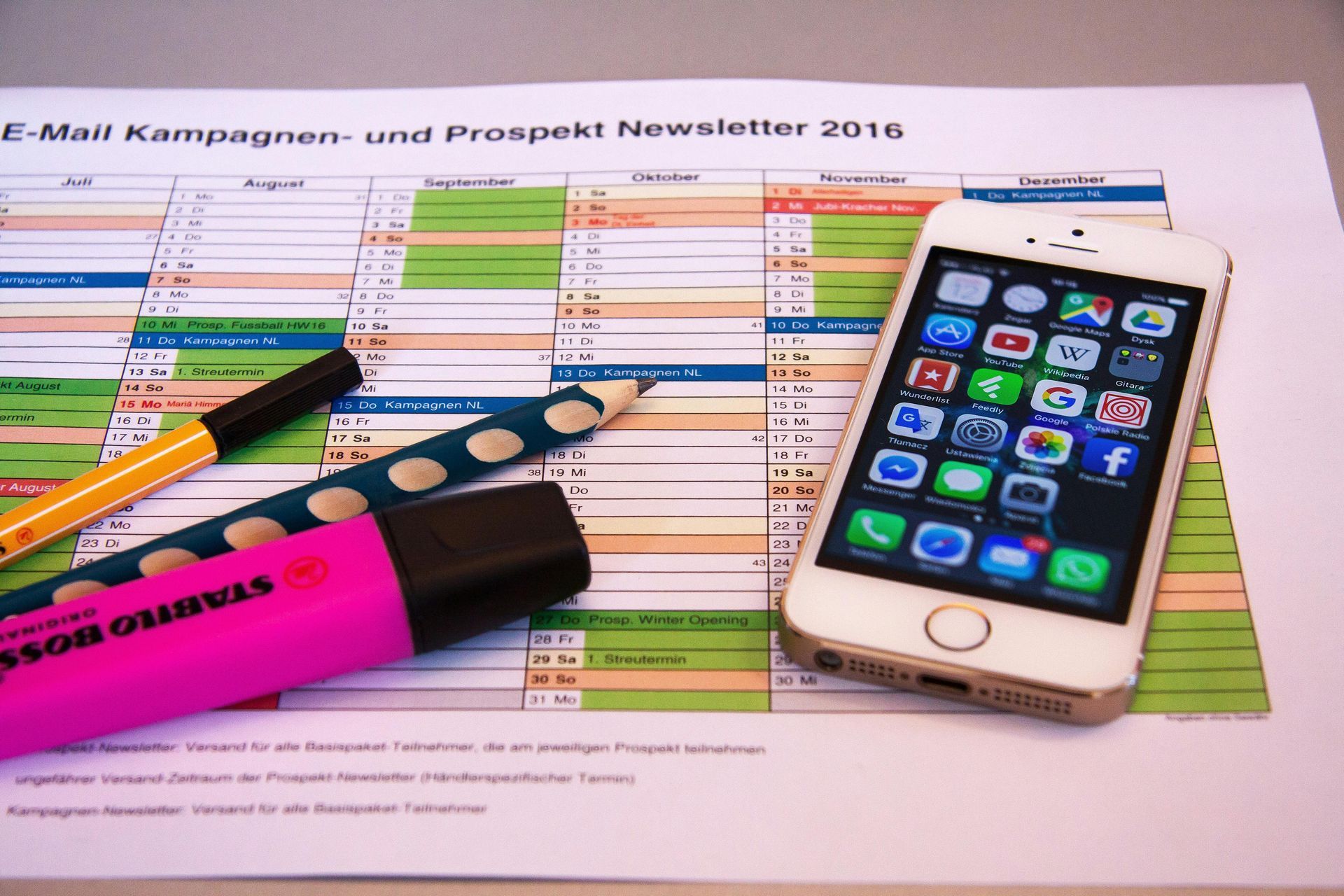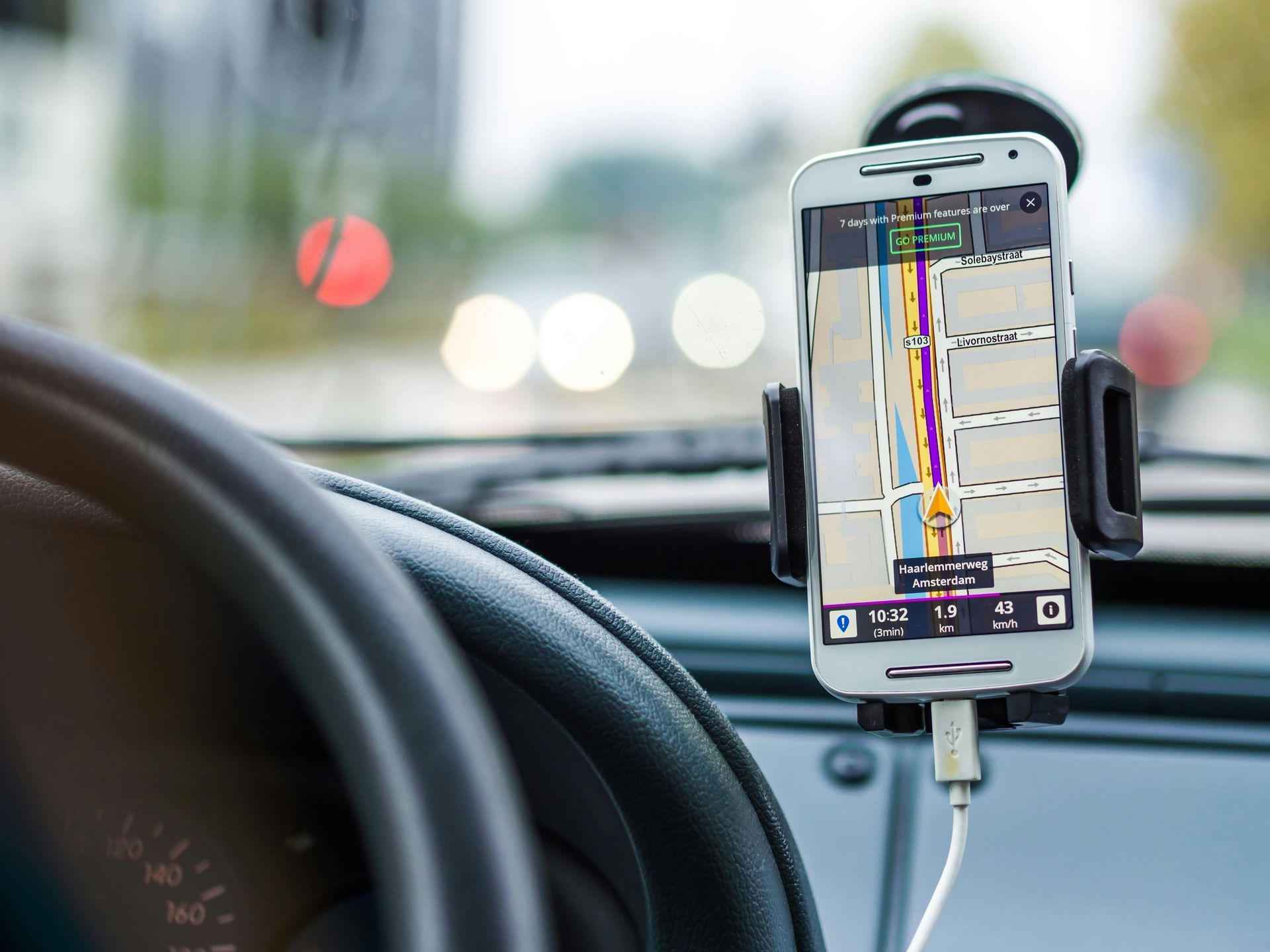Your Roadmap for a Yearly Marketing Plan: Planning Ahead for 2026
As 2025 winds down, it’s the perfect time for organizations—including churches like Gloria Dei Lutheran Church—to think ahead. A yearly marketing plan isn’t just about filling in a calendar; it’s about creating a roadmap that aligns goals, tells your story, and connects meaningfully with your audience. Here’s how to map out a successful marketing year.
1. Set Your Destination: Define Goals
Every roadmap starts with a destination. For a church, goals might include:
- Growing attendance at worship services
- Increasing engagement across social media and newsletters
- Showcasing ministries and volunteer opportunities
At Gloria Dei, our 2026 goals focus on strengthening community awareness of our ministries, amplifying stories of faith in action, and creating intentional connections both online and in-person.

2. Take Stock: Audit the Past Year
Before plotting the route forward, review where you are:
- What worked well last year (successful events, social media posts, newsletter engagement)
- What didn’t meet expectations (low-performing posts, events with limited participation)
- Opportunities for improvement (fresh visuals, digital channels, or new campaigns)
-
This review ensures the roadmap is grounded in reality and positions the church for measurable success.
3. Define Your Landmarks: Content Pillars
Content pillars act as the signposts on your roadmap—guiding messaging and storytelling. For Gloria Dei, examples include:
- Faith Formation: Sermon highlights, devotionals, Bible studies
- Community & Fellowship: Ministry spotlights, small group stories, outreach events
- Celebrations & Milestones: Baptisms, confirmations, weddings, holidays
- Stewardship & Service: Volunteer opportunities, donations, impact stories
These pillars ensure a cohesive and well-rounded content journey for your audience.
4. Plan Your Routes: Map Out Channels
Decide where your messages will travel:
- Social media (Instagram, Facebook) for visual storytelling
- Email newsletters for member engagement and updates
- Website for evergreen information and resources
- In-church signage or bulletins for timely announcements
Strategically assigning content to each channel prevents overlap and maximizes impact.

5. Mark Your Calendar: Timing & Milestones
A marketing roadmap is more than just dates—it’s about strategic timing:
- Seasonal events: Reformation Sunday, Advent, Easter, community festivals
- Church initiatives: Stewardship campaigns, volunteer drives, ministry launches
- Recurring content: Weekly devotionals, sermon recaps, ministry highlights
A visual calendar lets the team see the year at a glance and plan content production in advance.
6. Measure Progress: Track Results
A roadmap is only useful if you know when you’re on course. Track:
- Event attendance and participation
- Social media engagement (likes, comments, shares, hashtag use)
- Newsletter open and click rates
- Volunteer and donation metrics
Quarterly or monthly check-ins allow course corrections and keep strategies aligned with goals.
7. Leave Room for Detours: Stay Flexible
Even the best-planned roadmap must allow for unexpected opportunities:
- Trending local events
- Ministry stories worth sharing
- Sudden opportunities for community engagement
Flexibility ensures your strategy can adapt while keeping your overarching goals in sight.

Bringing Your Roadmap to Life
A yearly marketing roadmap gives structure, clarity, and direction. For Gloria Dei Lutheran Church, it ensures communications are intentional, stories reach the right audience, and community engagement grows year-round. Starting early means 2026 can be a year full of meaningful connections, strategic storytelling, and measurable impact.
Recent Posts



